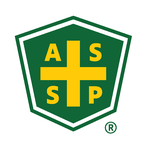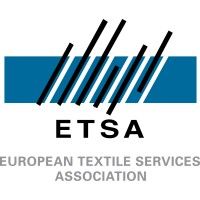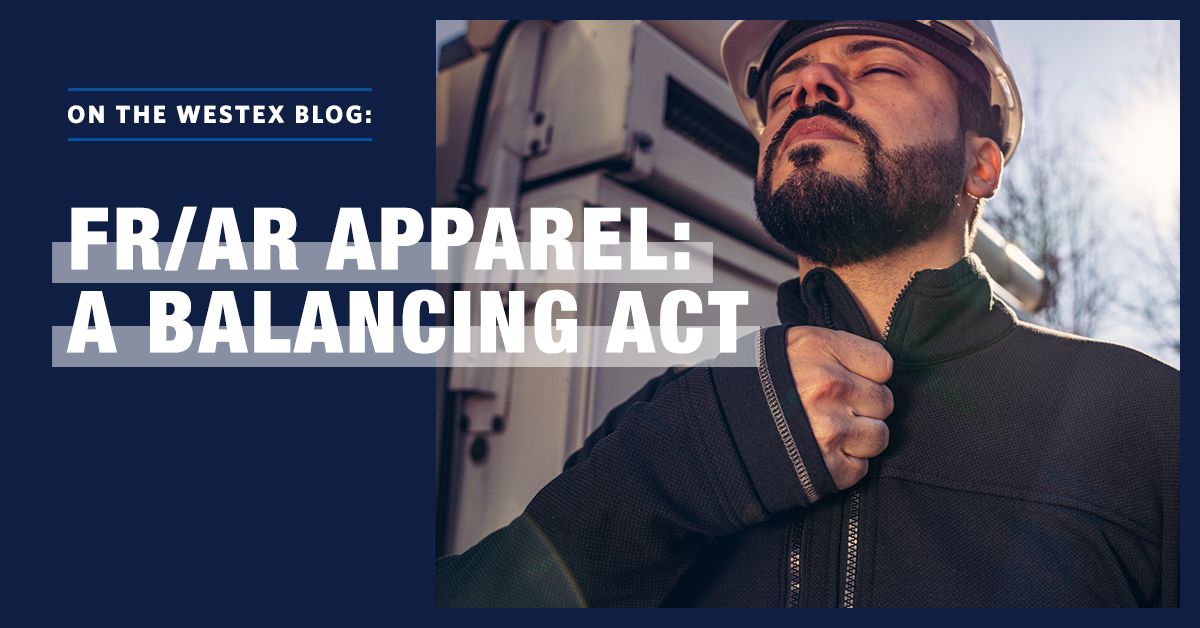
Our Proprietary Technology
Our products are more than just textiles, they are a comprehensive and constantly-evolving suite of proven FR/AR technologies that safeguard against hazards. Through our constant pursuit of innovation, we combine our proprietary technologies with more than 150 years of manufacturing expertise. As the first to offer guaranteed flame-resistance for the life of the garment, we bring confidence through one of the world’s largest ranges of FR/AR fabrics.








